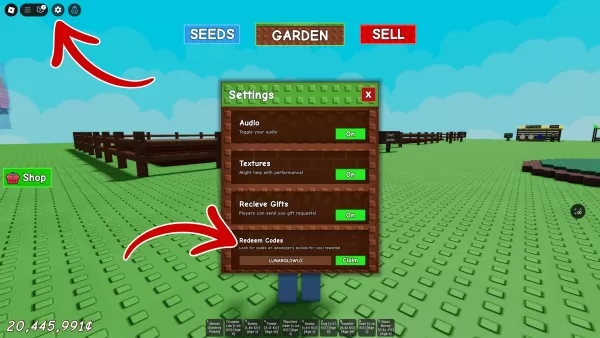Steam Deck Unveils Generational Leap, Breaks From Annual Upgrades
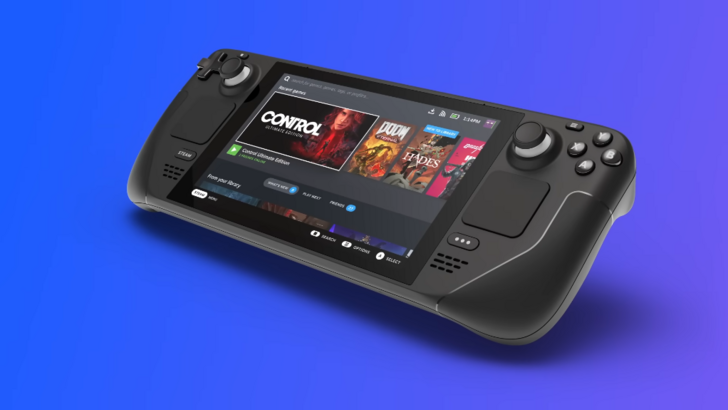
Valve's Steam Deck bucks the trend of annual hardware upgrades seen in the smartphone market. This strategic decision, confirmed by designers Lawrence Yang and Yazan Aldehayyat, prioritizes substantial improvements over incremental yearly releases.
A Generational Leap, Not Annual Increments

Yang explicitly stated that Valve won't follow the "yearly cadence" adopted by competitors. He argued that frequent, minor updates are unfair to consumers, offering only marginal improvements. Instead, Valve aims for significant, "generational leap" upgrades, ensuring that future iterations justify the wait and investment without compromising battery life.
Aldehayyat highlighted Valve's focus on addressing user needs and enhancing the experience of playing PC games on the go. While acknowledging room for improvement, he expressed enthusiasm for the innovation spurred by the Steam Deck's success, including the device's unique touchpads, which offer advantages in PC game navigation not found in competitors like the ROG Ally.
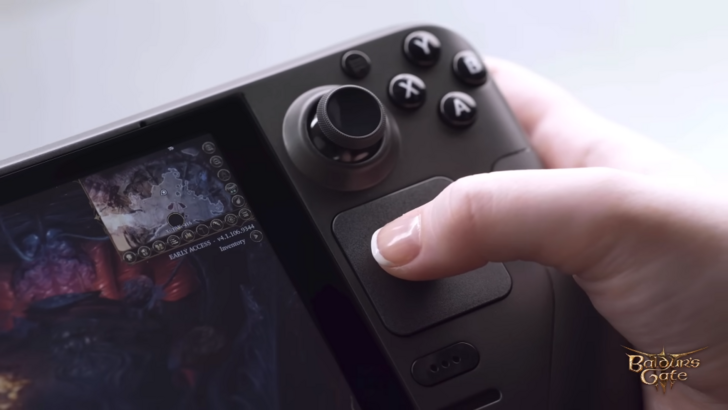
Regarding the OLED Steam Deck, Aldehayyat cited variable refresh rate (VRR) as a highly desired feature omitted from the initial release. Yang clarified that the OLED model was a refinement of the original, not a second-generation device. Future models, however, will explore battery life enhancements, acknowledging the limitations of current technology.
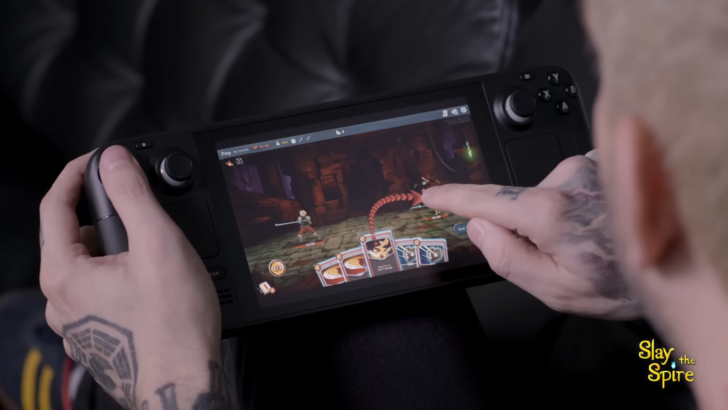
The lack of annual updates hasn't deterred Valve from the growing competition from devices like the Asus ROG Ally and Ayaneo products. Instead of an "arms race," Valve views the competitive landscape as a positive driver of innovation within the handheld PC gaming market, welcoming the diverse design approaches of its competitors.
Australian Launch and Global Availability
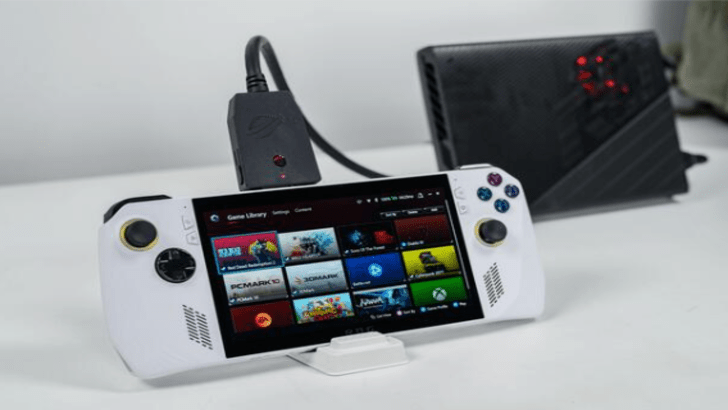
The staggered global rollout of the Steam Deck, with an official Australian launch in November 2024, might have influenced Valve's decision. Yang attributed the delay to the extensive logistical and financial complexities involved in establishing a presence in new markets, including handling returns and warranties. Aldehayyat added that while Australia was always part of the plan, the necessary infrastructure and business presence were lacking.
The Steam Deck remains unavailable in several regions, including Mexico, Brazil, and parts of Southeast Asia. While unofficial channels exist, users in these areas lack access to official support, warranties, and accessories. Conversely, the device is readily available in the US, Canada, much of Europe, and parts of Asia.
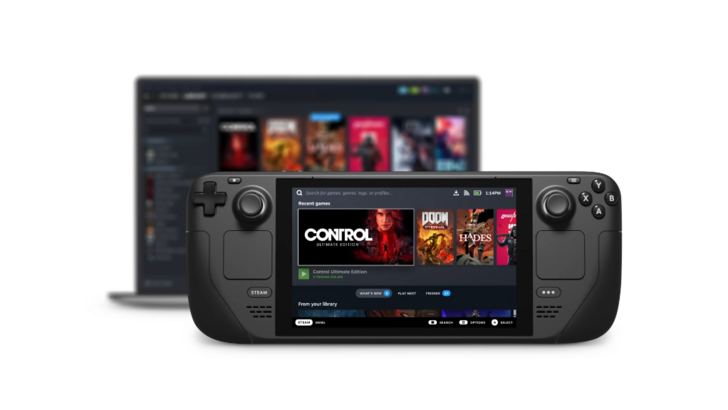
-
Death Stranding 2: On the Beach director Hideo Kojima allegedly revamped significant portions of the game midway through development after playtesters responded "too positively," stating he actively avoids creating "mainstream" content.The insight coAuthor : Emery Dec 14,2025
-
Budget-Friendly Gaming Monitor DealGamers seeking an affordable display will want to jump on this limited-time Amazon Prime Day offer. For today only, Amazon's Lightning Deal features a 27" KTC gaming monitor priced at just $98.59 shipped. With overAuthor : Noah Dec 13,2025
-
 |Poppy Playtime| Walkthrough|Download
|Poppy Playtime| Walkthrough|Download -
 Casus Kim - Who's spy?Download
Casus Kim - Who's spy?Download -
 Poker Boss: Texas Holdem OfflineDownload
Poker Boss: Texas Holdem OfflineDownload -
 Pokdeng OnlineDownload
Pokdeng OnlineDownload -
 Escape Giant ObbyDownload
Escape Giant ObbyDownload -
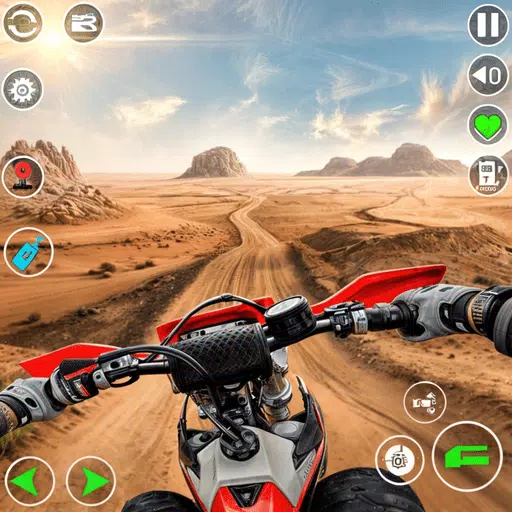 Motocross Dirt Bike Racing 3DDownload
Motocross Dirt Bike Racing 3DDownload -
 Drum Studio: Bateria VirtualDownload
Drum Studio: Bateria VirtualDownload -
 Number Boom - Island KingDownload
Number Boom - Island KingDownload -
 iFruitDownload
iFruitDownload -
 GunStar MDownload
GunStar MDownload
- Black Ops 6 Zombies: How To Configure The Summoning Circle Rings on Citadelle Des Morts
- Harvest Moon: Lost Valley DLC and Preorder Details Revealed
- Roblox: Latest DOORS Codes Released!
- Silent Hill 2 Remake Coming to Xbox and Switch in 2025
- Roblox: Blox Fruits Codes (January 2025)
- Roblox: Freeze for UGC Codes (January 2025)








![Taffy Tales [v1.07.3a]](https://imgs.ehr99.com/uploads/32/1719554710667e529623764.jpg)



